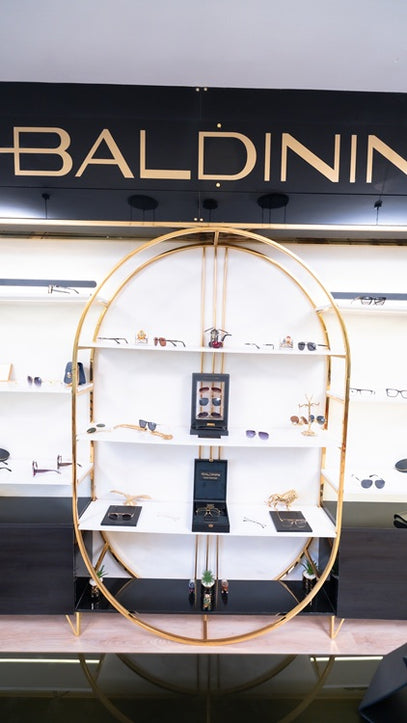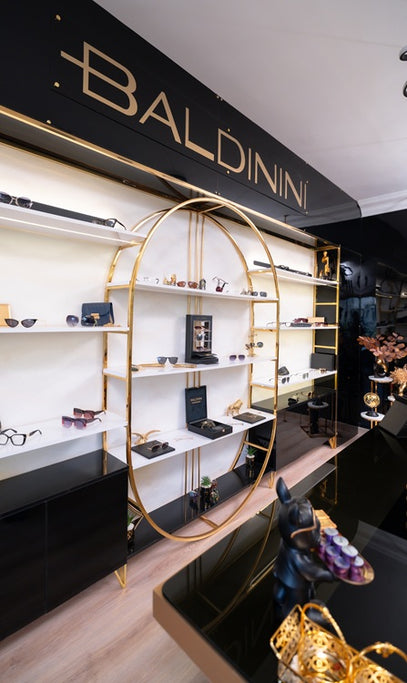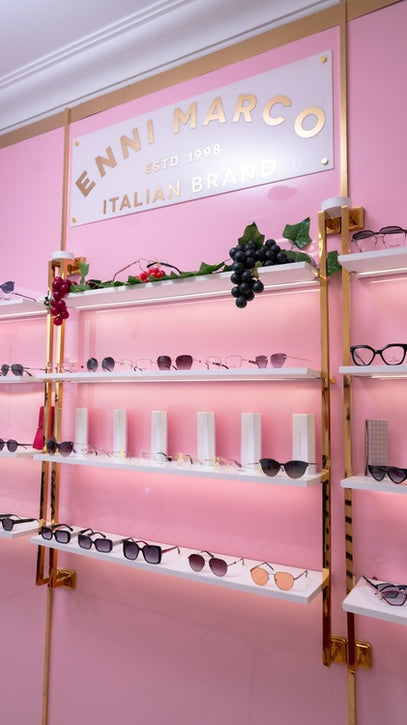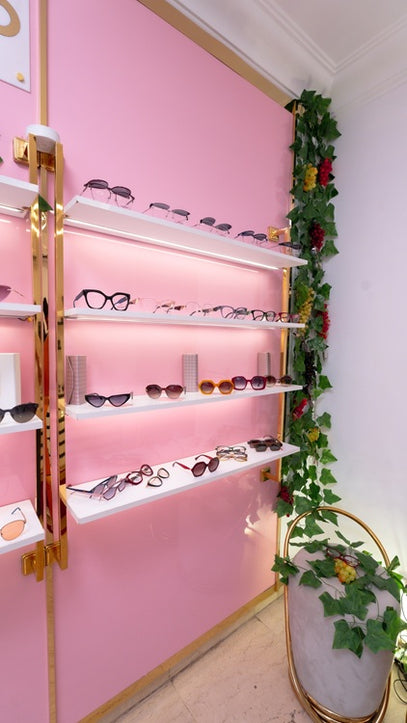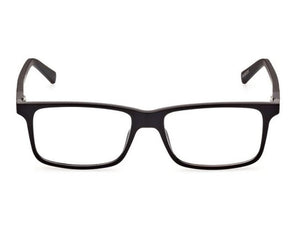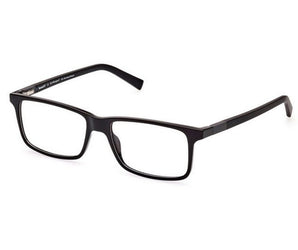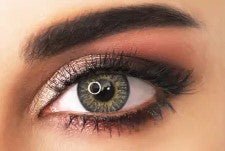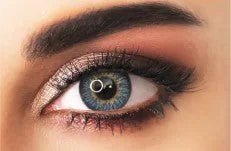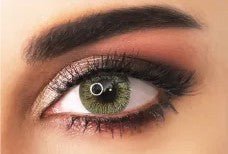
1- How to Read Your Eyeglass Prescription
Getting a better understanding of those letters, numbers, and signs
a-Eye Prescription Abbreviations .
b- Prescription Examples.
a-Eye Prescription Abbreviations
Sphere (SPH)
SPH is the lens power needed to correct your vision. A negative sign
(-) means that you are nearsighted (you need correction for distance)
and a positive sign (+) indicates that you are farsighted (you need
correction for near).
The power of the lens is measured in diopters. For example ( -9.00 D)
means that there are 9 diopters of myopia. The higher the number, the
stronger the prescription.
Cylinder (CYL)
CYL or Cylinder indicates astigmatism, a condition in which the
cornea is irregularly shaped, like a rugby ball causing blurred or
distorted vision. The CYL number specifies the power of the lens needed
to correct the astigmatism.
Like SPH, CYL is also measured in diopters and the value can be
positive or negative, and in most cases the value will be between
+/-0.25 and +/-4.00
Axis
Axis indicates the direction of your astigmatism. It is defined by a
number in degrees ranging from 1 to 180, where 90 represents the
vertical position and 180 represents the horizontal position.
For example, Axis -180 degrees means that the astigmatism is horizontal.
This number only describes the direction of the astigmatism, it does
not explain the strength of your prescription. The axis and cylinder
will be required if you have astigmatism. The absence of these two
numbers simply means that you do not have astigmatism.
Addition (Add)
Add means addition. This is the magnification power added to the bottom of multifocal lenses to correct presbyopia.
The number in this part of the prescription is always indicated with a
plus sign (+) and appears only once, because the additional power is
usually the same for both eyes. The value varies between +0.50 and
+3.50. If you only need your glasses to correct nearsightedness or
farsightedness and not for reading, this prescription is not necessary.
Prism and Base
The last two terms on the prescription are Prism and Base. Some
eyeglasses have a prism added because the person’s eyes are not properly
aligned. Imagine car headlights that aren’t lined up and one is turned
in, for example. However, this is not a common problem, so this field is
usually left blank on your Rx.
The base indicates where the thickest edge of the prism will be: BU
(base up), BD (down), BI (base inward, toward the nose), or BO (base
outward, toward the ears). The base direction tells you where the prism
will redirect light.
b-Prescription Examples
Let’s put the above information into practice. During an eye exam, your optometrist or ophthalmologist will determine your visual acuity and tailor your prescription accordingly to ensure your glasses provide the most clarity. Below’s an example of something you might see on your prescription chart:
This means that the right eye (OD) has -2.00 (or 2 diopters) of nearsightedness. This is a relatively low amount of nearsightedness. The second column denotes -1.00 diopters of astigmatism, and this person will need a 100-degree axis to correct
the issue. As you can see, the left eye (OS) is very similar, with slightly more nearsightedness and slightly less astigmatism. These numbers will determine the thickness and curve of the lenses.
needed to
correct the wearer’s vision and make it the best it can be. If the nearsightedness was more severe — say -7.00 diopters — the eyeglass lenses would need to be thicker. The same can be said for positive numbers, which
indicate farsightedness. If the prescription reads +2.00, then the wearer needs two diopters of power to see things up clo

ــــــــــــــــــــــــــــــــــــــــــــــــــــــــــــــــــــــــــــــــــــــــــــــــــــــــــــــــــــــــــــــــــــــــــــــــــــــــــــــــــــــــــــــــــــــــــــــــــــــــــــــــــــــــــــــــــــــــــــــــــ

2- Five Lens Coatings Worth Considering for Your Glasses
Lens coating options can include:
a-Anti-reflective coating
b-Anti-fog coating
c-Blue light filtering coating
d-UV protective coating
e-Scratch-resistant coating
Five Types Of Lens Coatings
a-Anti-reflective coating
Anti-reflective coating helps you both see and be seen better. Without
this coating, the light that reflects off your glasses can render it
difficult for those looking at you to see your eyes. Cosmetic and
communication concerns aside, the reflection of light can also interfere
with vision.
b-Anti-fog coating
If you’ve ever walked into a warm building from a chilly winter day, you
know that the subsequent fogging of your glasses can make you feel like
you’re dropped a sheet over your eyes. If you weren’t longing for the
visual experience of a half-finished ghost costume on Halloween, you
might want to invest in an anti-fog coating on your lenses.
c-Blue light filtering coating
A blue light filtering applied to your glasses can shield your eyes
from an excess of blue light and may even help you have a good night’s
sleep with ease.
d-UV protective coating
UV protection is
accomplished by adding a coating to sunglasses and eyeglasses lenses
during the manufacturing process. This UV coating blocks the sun's harmful ultraviolet radiation, keeping it from your eyes and the delicate skin around them.
e-Scratch-resistant coating
Accidents happen, and there’s little that’s more frustrating than
fumbling your glasses, only to pick them up and find a scratch right
across your field of vision. Nearly anything can scratch lenses—even
using the incorrect cloth to clean them
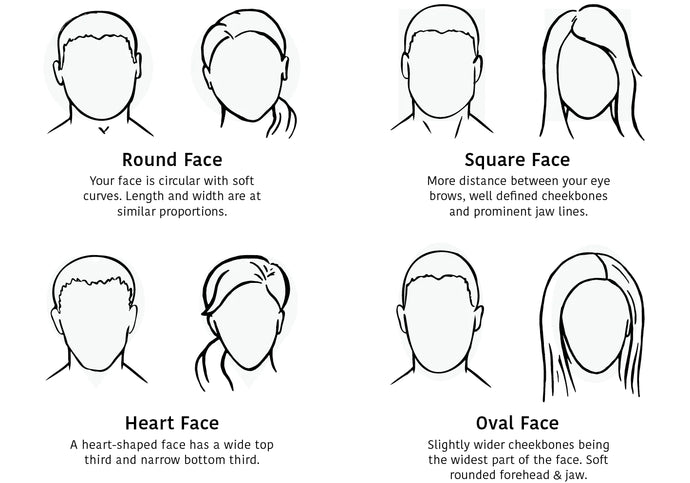
3- Glasses Frame Shapes Guide
From Classics to Unique Picks
Glasses Frame Shapes
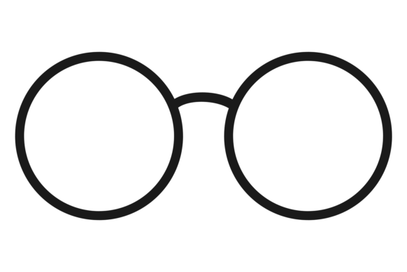
Round
Round frames show
confidence, and intellectual spirit. Simple, round wire frames carry a certain
classic charm and have made a comeback in recent years.
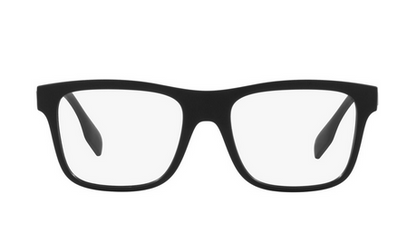
Square
Square frames
are another option with old-school vibes,. Certain square frames can be brash
and youthful—the classic thick, black square design is a great example of this
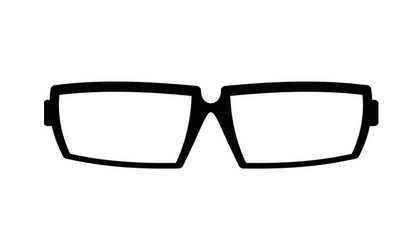
Rectangular
rectangular frames are a popular, safer choice. Rectangle frames work well for most people
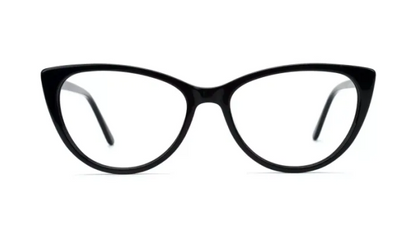
Cat-eye
Cat-eye glasses tend to suit heart-shaped, square, and oval faces, while butterfly glasses flatter round, oval, and heart-shaped faces

Oval
Oval frames have similar characteristics
to rectangular frames—they’re conservative and sleek while still
offering some design freedom.



